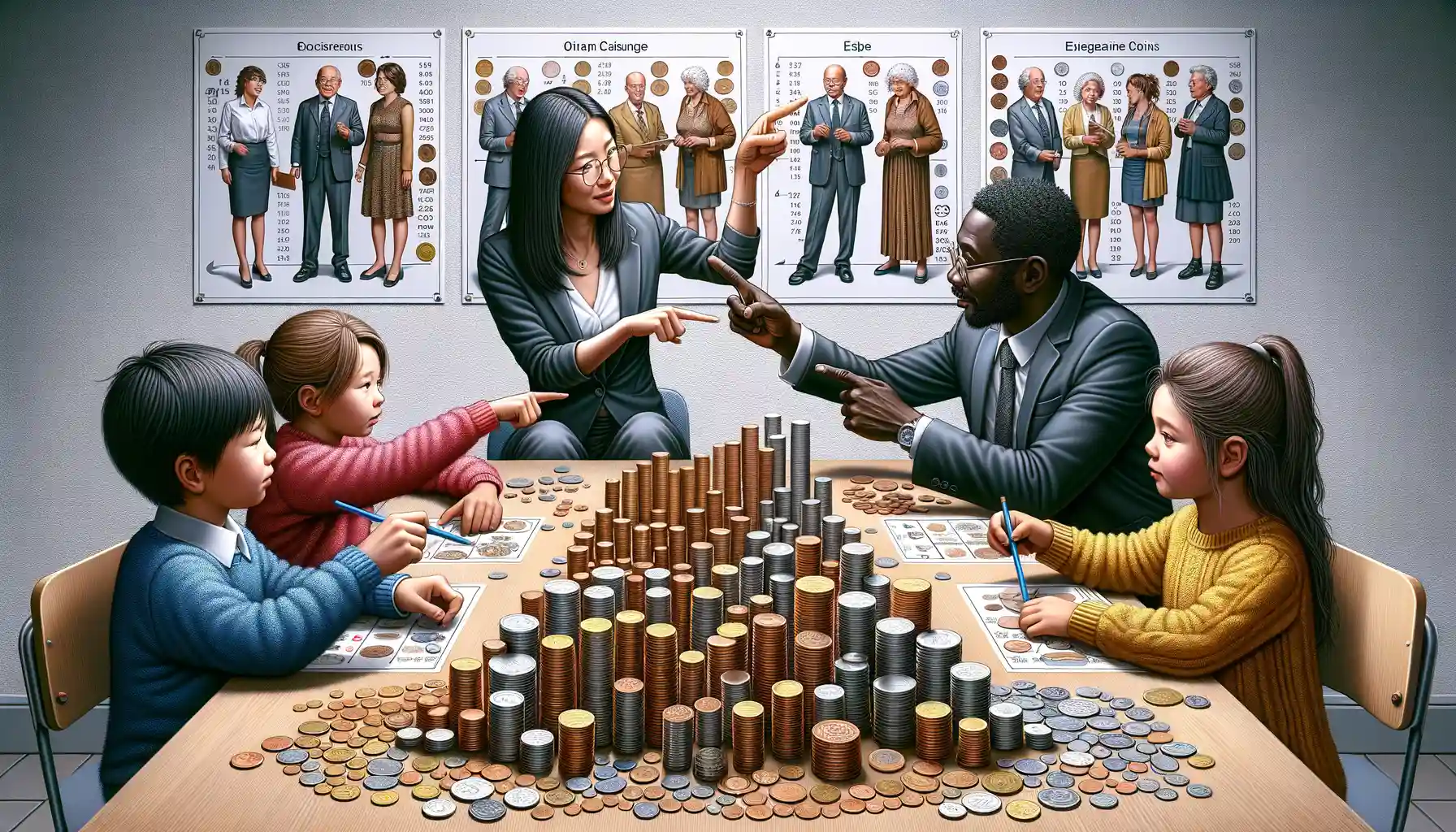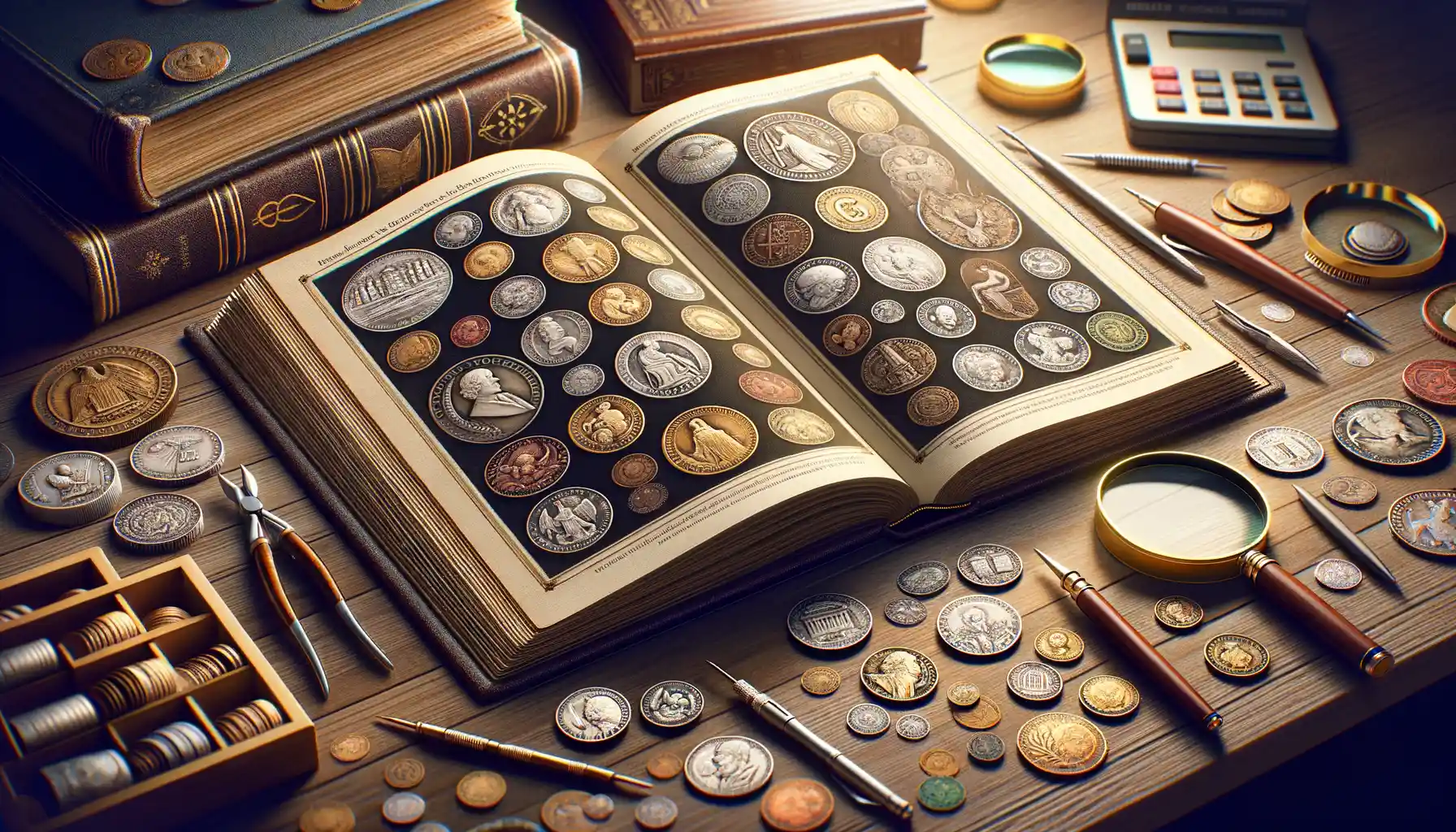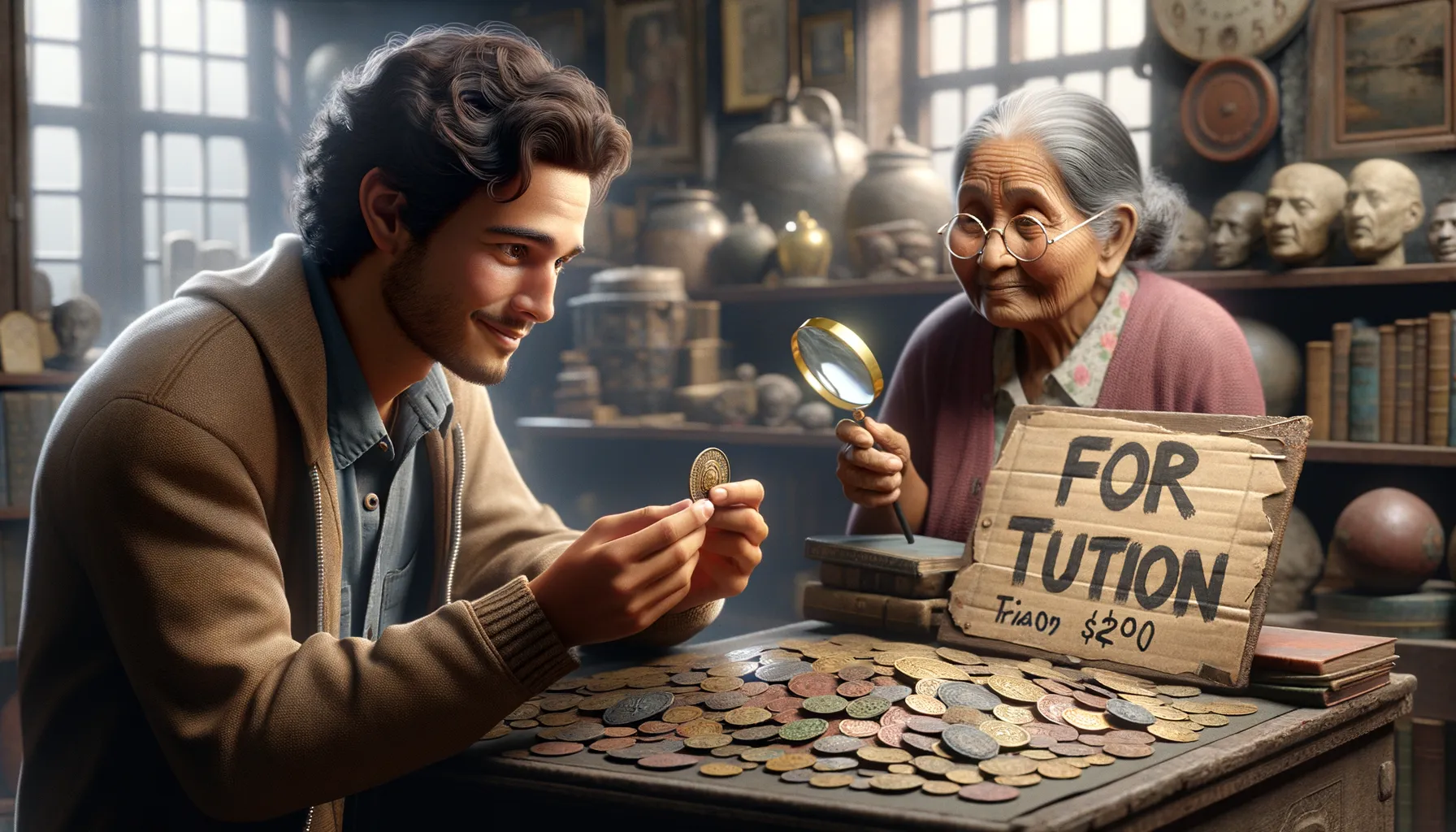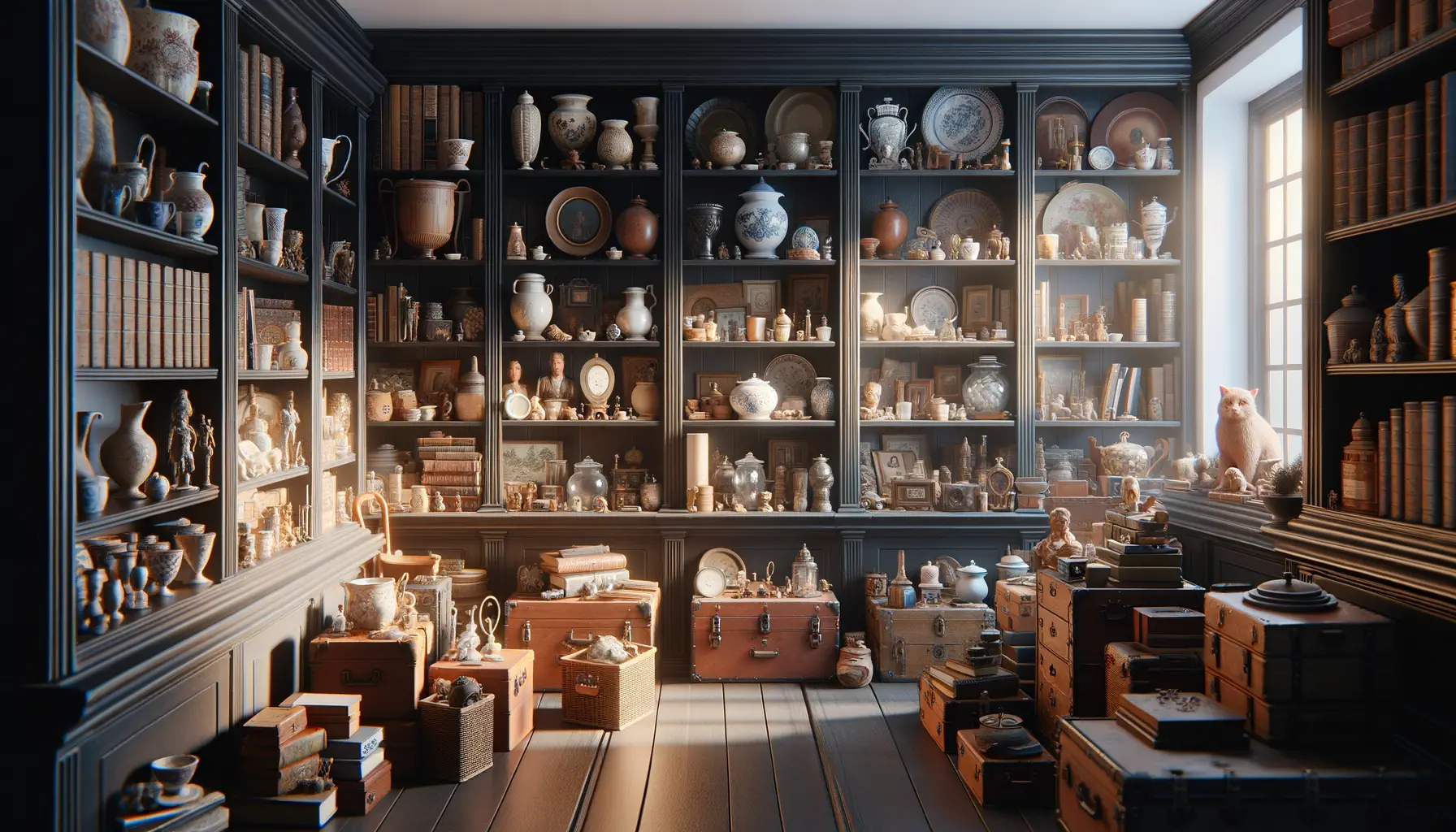Building an Impressive Coin Collection to Fund Future Tuition
Catch a CheaterGetting Started with Coin Collecting
Why Coin Collecting is the Hobby You Didn’t Know You Needed
Picture this: a tiny, shimmering piece of history resting in your palm. That’s what coin collecting is—a portal to the past and an investment in your future tuition fund. It’s not just about filling albums; it’s about discovering stories hidden in every design, every date, every edge.
Getting started might feel overwhelming at first, but think of it as treasure hunting with a purpose! First things first—start small. You don’t need ancient gold doubloons on day one. You’d be amazed at the gems hiding in ordinary places:
- Grandparents’ change jars (hello, vintage quarters!)
- Local flea markets or estate sales brimming with unexpected finds
- Banks—yes, even modern coin rolls can hold surprises like silver dimes or rare errors
Tools of the Trade: What You Need to Begin
Ready to dive deep? Equip yourself for success. Grab a magnifying glass to spot tiny details, a pair of coin tongs to keep oils from your fingers away, and a trusty “Red Book” guide for identifying U.S. coins. These tools aren’t just nice-to-haves; they’re your compass in a sea of shiny possibilities.
And let’s not forget storage! Tossing coins in a drawer? Big no-no. Protect those beauties with soft flips, albums, or airtight capsules. After all, you wouldn’t toss a rare painting on the ground, would you? Same goes for coins—they deserve their spotlight!
Understanding the Value of Coins

What Makes a Coin Truly Valuable?
When it comes to coins, not all that glitters is gold—or even worth much at first glance. The value of a coin isn’t just about its face value or shiny surface—it’s about the rich story it tells. Imagine holding a piece of history in your hand, like a Roman denarius minted over 1,800 years ago. That small disk could be worth more than an entire semester of tuition!
Several factors come into play when evaluating a coin’s worth:
- Rarity: Coins produced in limited quantities or minted with unique designs skyrocket in value.
- Condition: A coin in pristine condition, free of scratches and wear, can command a higher price than its tarnished twin.
- Historical significance: Coins tied to historic events or eras—think Civil War tokens—often capture collectors’ hearts (and dollars).
The Emotional and Financial Power of Coins
Collecting coins isn’t just about potential profits; it’s like piecing together a treasure map. Each coin you find is a tiny time machine, whispering stories of those who came before us. Picture this: a dusty box inherited from a grandparent reveals a 1916 Mercury Dime—worth thousands now. It’s emotional, unexpected, and rewarding all at once.
But here’s the kicker: while some coins seem ordinary, others have the power to fund your dreams. Coins can transition from a hobby to a strategic financial asset, especially when you focus on identifying those hidden gems. Who knew that change jingling in your pocket could someday pay for college?
Strategies for Building a Profitable Coin Collection

Unearthing Hidden Treasure: Where to Start
Building a profitable coin collection is like embarking on a treasure hunt—you never know what gems you might uncover. Start by focusing on coins that combine rarity and demand. Look for limited-edition mint releases, historical coins, or error coins. Those quirky mistakes made during minting? They can be worth a fortune to the right collector.
Don’t overlook your everyday change either! Some of the most unassuming treasures could be jingling in your pocket right now. For example, certain misprinted quarters or old wheat pennies are goldmines in disguise. Research is your compass here—study coin guides, join forums, and attend local numismatic shows to sharpen your instincts.
- Set a budget for hunting and stick to it. Think of this as planting seeds, not digging a financial hole.
- Invest in preservation supplies like holders and albums—nothing kills a coin’s value faster than scratches or moisture.
- Network with seasoned collectors; their wisdom can shortcut years of trial-and-error.
The Secret Sauce: Choosing Coins with Growth Potential
To build a collection that funds future tuition, think long-term. Coins tied to significant events—like the 1969-S doubled die penny—or rare international pieces often grow in value over decades. Keep an eye on market trends, too. For instance, certain metal prices (like gold or silver) directly impact the appeal of specific coins.
The trick isn’t to chase every shiny piece; it’s to curate wisely. Each coin should feel like a stepping stone toward your ultimate goal—a collection that pays dividends when you need it most.
Selling Coins to Fund Tuition

Turn Coins into Opportunities
Ready to turn your passion for coin collecting into a tuition fund? Selling coins might feel like letting go of old friends, but think of it as unlocking the hidden value tucked away in that shiny treasure chest. Every coin has a story—and now, it can write the next chapter in your own.
When you’re deciding what to sell, don’t just grab random pieces. Focus on coins that are high in demand or have appreciated significantly over time. For example, a well-kept 1909-S VDB Lincoln penny isn’t just “a penny”—it’s potentially a gold mine.
Here’s a quick checklist to guide you:
- Get an expert appraisal to understand the true value.
- Research market trends to time your sale strategically—like auction seasons or collector conventions.
- Choose reliable selling platforms: private collectors, reputable dealers, even online marketplaces like eBay can be excellent options.
Make It Personal, Make It Count
Selling coins isn’t purely transactional. That silver dollar Grandma passed down? Imagine how proud she’d be knowing it’s helping pay for your future. Don’t forget, every sale isn’t just about profit—it’s about investing in yourself. Trust me, that feels priceless.
Maintaining and Growing Your Collection

Keeping Your Collection Thriving
Building a coin collection is like tending a garden—you don’t just plant it and walk away. To truly make it flourish, you’ll need to nurture it, keep an eye out for opportunities, and occasionally prune what doesn’t serve your goals.
First, let’s talk about care. Coins may be small, but they’re particular! Always handle yours by the edges, and store them in proper holders or acid-free albums to protect their shine and value. Dust? Humidity? Those are your collection’s kryptonite.
Next, think about growth. Ask yourself: “What story is my collection telling, and what can make it richer?” Maybe it’s time to start chasing those limited-edition commemorative coins that take your breath away. Or perhaps you want to explore pieces from a new era, diving into coins that whisper tales of centuries past.
In the end, every addition to your collection should feel like finding a missing puzzle piece: satisfying, strategic, and oh-so rewarding.
